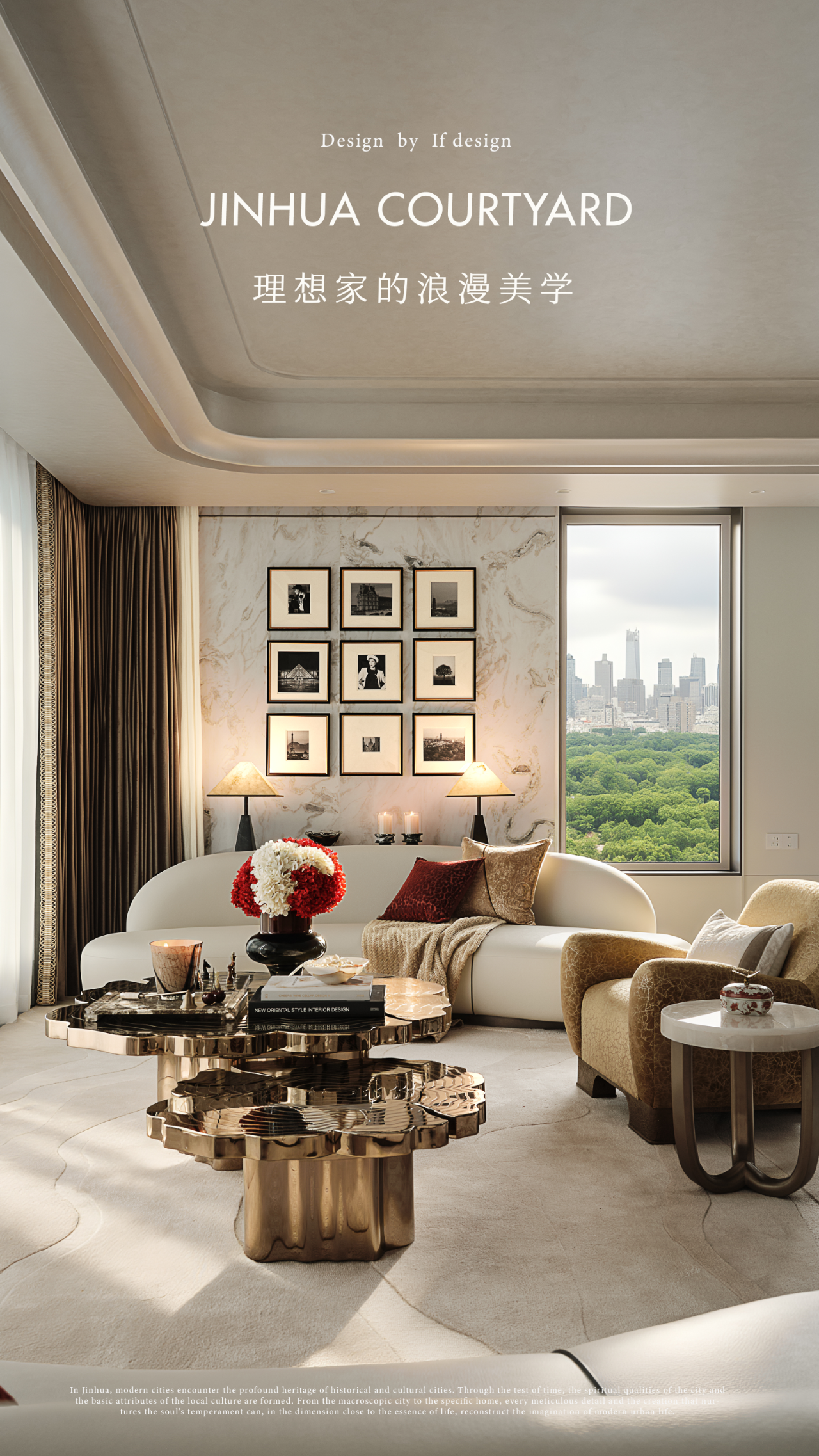Centre Communautaire Scientifique FGMDA
2011-10-10 00:00
架构师提供的文本描述。Fournier、Gersovitz、Moss、Drolet等人的建筑(FGMDA)在Whapmagoo stui-Kuujjuarpik的拉瓦尔大学研究中心(CEN)设计了新的社区科学中心。该中心致力于传统知识的科学研究和交流,并不是Nunavik的FGMDA的第一个大规模绿色项目,该项目与当地居民合作,在遥远的北方工作了30多年。
Text description provided by the architects. Fournier, Gersovitz, Moss, Drolet et associés architectes (FGMDA) designed the new Community Science Centre at Université Laval’s Centre d’études nordiques (CEN) in Whapmagoostui-Kuujjuarapik. The centre, devoted to scientific research and exchange of traditional knowledge, is not the first large-scale green project in Nunavik for FGMDA, which has worked for more than 30 years in the Far North in collaboration with local populations.
Whapmagoo stui-Kuujjuarpik是20世纪80年代初建成的一个研究站,是CEN用于研究北部地球系统和生态系统的主要研究基础设施。每年,这个研究网络的十字路口都会有来自加拿大魁北克和国外的研究人员和学生在位于泰加和冻土带分界线的一个村庄里,在詹姆斯湾和哈德逊湾的交汇处。Whapmagoo stui-Kuujjuarpik是通往努纳维克的西部门户,这里有一个双文化社区-克里和因努伊特人社区。因此,社区科学中心必须满足两个地方社区科学家和人民的期望,它有两个目标:国际知名度和对这些社区的开放。
A research station built in the early 1980s, Whapmagoostui-Kuujjuarapik is the main research infrastructure used by the CEN to study northern geosystems and ecosystems. Every year, this crossroads for the research network hosts researchers and students from Quebec, Canada, and abroad in a village on the dividing line between the taiga and the tundra, at the confluence of James Bay and Hudson Bay. Forming the western gateway to Nunavik, Whapmagoostui-Kuujjuarapik is home to a bicultural – Cree and Inuit – community. The Community Science Centre must thus meet the expectations of both scientists and people in the two local communities, and it has two objectives: international visibility and openness to these communities.
Integrating the circumpolar scientific community and local communities
社区科学中心在空间站的发展中发挥着关键作用,但也在该站向当地社区开放的过程中发挥着关键作用,当地社区正在充分参与该项目。“这是第一次,”公司的架构师Fournier先生认为。事实上,虽然过去有过一些姿态,但社会的参与从来没有这样完整过。在开始施工之前,建筑师、中心主任、克里社区和因努伊特社区成员进行了磋商,收集关于新建筑的评论、印象和期望,并确保他们以后对大楼的框架作出贡献。
The Community Science Centre plays a key role in development of the station but also in the station’s opening to local communities, which are participating fully in the project. “It’s a first,” in the view of Mr. Fournier, the firm’s architect supervising the project. In fact, although a number of gestures had been made in the past, the community’s involvement has never before been so complete. Before construction began, consultations brought together architects, the centre’s director, and members of the Cree and Inuit communities to gather comments, impressions, and expectations about the new building and ensure that they would later contribute to the very framework of the building.
尽管在历史上,研究人员被认为与土著人保持一定的距离,但CEN和项目组计划了该建筑的建筑结构、方向和建筑表达方式,以便当地居民感到欢迎进入该建筑。此外,它得益于一个理想的位置,在中心的半圆形成的车站的其他七座建筑物。基于同样的理由,当局特别为各级学校举办教学活动和普及科学的活动而设计了一个展览厅,并将举办一个永久性展览,介绍香港的文化和科学史。
Although historically, researchers are reputed to stay at a distance from Aboriginals, the CEN and the project team planned the building’s architecture, orientation, and architectural expression so that the local population would feel welcome to enter the building. Furthermore, it benefits from an ideal location at the very centre of the semicircle formed by the station’s seven other buildings. For the same reason, a hall was designed specifically to host school groups of all levels for teaching activities and popularization of science; the hall will also display a permanent exhibition describing the territory’s cultural and scientific history.
© Carolyne Fontaine et Isabelle Laurier
(Carolyne Fontaine Et Isabelle Laurier)
最后,这座建筑的整体建筑必须反映因纽特人和克里人的文化。接触到这两个社区的物质文化使他们能够在一座建筑内舒适地摩擦肩膀。虽然主屋顶暗示科学家们传统的野外帐篷,但装饰门面和入口处的替身结构的杆子是对克里文化的一种赞扬。这些元素与建筑完全结合在一起,是对克里的独创性的一种认可,也是当地人对夏天在陆地上搭起帐篷的研究人员起的绰号“帐篷人”的认可。在中心外建立并整合了一个inukShuk(传统的空间参考标记),以向因努伊特社区致敬,并突出当地的文化符号和参考资料。此外,按照惯例,公司在作出建筑选择时,鼓励利用当地劳动力和区域公司,利用当地自然资源,从而刺激区域经济。
Finally, it was also essential that the building’s overall architecture reflect the Inuit and Cree cultures. Reaching out to the material culture of both communities made it possible to have them rub shoulder comfortably within a single building. Whereas the main roof alludes to the scientists’ traditional field tents, the poles that adorn the façade and the tepee structure at the entrance are a tribute to Cree culture. These elements, fully integrated with the building are a nod to Cree ingenuity and to the nickname “tent people” given by local people to the researchers who pitch their tents on the land in the summer. An inukshuk (traditional spatial reference marker) has been built and integrated outside the centre to pay tribute to the Inuit community and highlight local cultural symbols and references. Moreover, as it is its custom, in making its architectural choices the firm encouraged the use of local labour and regional companies, using local natural resources and thus stimulating the regional economy.
© Carolyne Fontaine et Isabelle Laurier
(Carolyne Fontaine Et Isabelle Laurier)
A truly sustainable project
可持续发展和自然保护不是新的做法,特别是在一个缺乏资源和脆弱的敌对北方环境中。材料运输困难,施工季节短,气候限制强加了具体的后勤解决办法。FGMDA在北部地区非常熟悉建筑,设计了一座高效的建筑,由于被动太阳能加热、充足的南面开窗、地板作为热质量,以及光伏电池的集成,因此能够尊重环境并降低能源消耗。
Sustainable development and conservation of nature are not new practices, especially in a hostile northern environment devoid of resources and fragile. Transportation of materials is difficult, the construction season is short, and climatic constraints impose specific logistical solutions. Well versed in construction in northern regions, FGMDA designed an efficient building that respects the environment and reduces energy consumption thanks to passive solar heating, abundant south-facing fenestration, floors used as thermal mass, and integration of photovoltaic cells.
当温度降到40°C以下时,必须要有一个具有较高耐热性和气密性的外围护结构。框架(胶层黑云杉)和外围护层(红雪松覆层、松木底座和黄色桦木镶板)都使用木材。此外,在每个入口的一个双前厅的集成减少了空气交换,并有助于节省能源。通过选择适合北方条件并因其生态特性而被认可的可持续材料,其残留物可在当地回收,FGMDA正在不断扩大北方建筑的范围。
An exterior envelope presenting high levels of thermal resistance and airtightness is essential when temperatures drop below 40°C. Wood is used for both the frame (glue-laminated black spruce) and the exterior envelope (red cedar cladding, pine substructure, and yellow birch panelling). In addition, the integration of a double vestibule at each entrance reduces air exchanges and helps to conserve energy. By choosing sustainable materials adapted to northern conditions and recognized for their ecological qualities, whose residues can be locally recycled, FGMDA is constantly expanding the limits of construction in the North.
Publication material via v2com
 举报
举报
别默默的看了,快登录帮我评论一下吧!:)
注册
登录
更多评论
相关文章
-

描边风设计中,最容易犯的8种问题分析
2018年走过了四分之一,LOGO设计趋势也清晰了LOGO设计
-

描边风设计中,最容易犯的8种问题分析
2018年走过了四分之一,LOGO设计趋势也清晰了LOGO设计
-

描边风设计中,最容易犯的8种问题分析
2018年走过了四分之一,LOGO设计趋势也清晰了LOGO设计






























































































